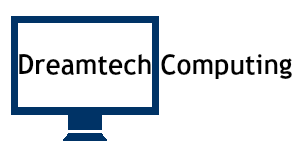
773-123-1234
info@dreamtechcomputing.com
PHP (Hypertext Preprocessor) is a widely-used open source general-purpose scripting language that is especially suited for web development and can be embedded into HTML. The best things in using PHP are that it is extremely simple for a newcomer, but offers many advanced features for a professional programmer. PHP can be used on all major operating systems, including Linux, many UNIX variants (including HP-UX, Solaris), Microsoft Windows, Mac OS X, RISC OS, and probably others. PHP has also support for most of the web servers today. PHP is a server scripting language, and a powerful tool for making dynamic and interactive Web pages.
What distinguishes PHP from something like client-side JavaScript is that the code is executed on the server, generating HTML which is then sent to the client. The client would receive the results of running that script, but would not know what the underlying code was. You can even configure your web server to process all your HTML files with PHP, and then there's really no way that users can tell what you have up your sleeve.
Purpose of using PHP
PHP is mainly focused on server-side scripting, so you can do anything any other CGI program can do, such as collect form data, generate dynamic page content, or send and receive cookies. But PHP can do much more.
- PHP can generate dynamic page content
- PHP can create, open, read, write, delete, and close files on the server
- PHP can collect form data
- PHP can send and receive cookies
- PHP can add, delete, modify data in your database
- PHP can be used to control user-access
- PHP can encrypt data
With PHP you are not limited to output HTML. You can output images, PDF files, and even flash movies. You can also output any text, such as XHTML and XML.
Why is PHP Important?
- PHP runs on various platforms (Windows, Linux, Unix, Mac OS X, etc.)
- PHP is compatible with almost all servers used today (Apache, IIS, etc.)
- PHP supports a wide range of databases
- PHP is easy to learn and runs efficiently on the server side


